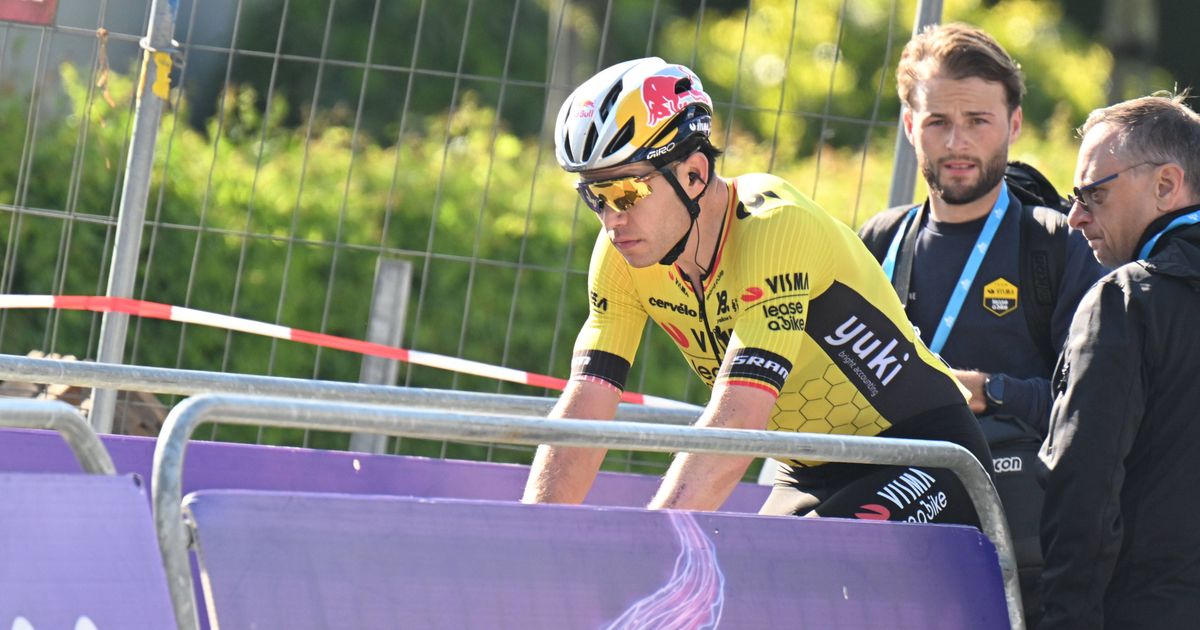According to Moser, the issue is no longer just missed opportunities or bad luck, but the simple competitive reality of repeatedly facing multiple champions who are currently sharper in the final decisive phase of races. “If three or four champions keep getting the better of you time after time, then you have a problem with what lies ahead.”
From Van Aert to the entire peloton — “modern cycling is a risk-loaded battlefield”
Moser stressed that Van Aert’s struggles cannot be viewed in isolation. Instead, he believes they are symptomatic of a deeper and more dangerous shift in the sport’s competitive DNA, with riders being pushed into extreme tactical risk long before the final hour of racing.
He noted that what once resembled controlled chess now resembles a rolling gamble, where positioning battles and relentless acceleration begin far from the finish rather than inside the final ten kilometres. “Riders of today take bags full of risks, even 60 kilometres from the finish.”
Moser also highlighted the role of race radio and directorial pressure from the team cars, suggesting that riders are often urged into high-risk moves rather than allowed to manage their own effort and instincts.
Chaotic finales, TV-driven spectacle and rising consequences
Moser believes that modern finales no longer resemble the tactical precision of his era, but a physical and positional storm where victory is no longer dictated solely by strength and timing. “At the finish it turns into a complete casino. They charge forward like ruthless gladiators to reach the front rows, where there is then no room.”
He continued by suggesting that race organisers and television broadcasters now play an influential role in designing routes and race dynamics with entertainment in mind, increasing spectacle but reducing rider safety margins.
Moser warned that, although this shift affects the entire peloton, established stars who still chase career-defining victories — such as Van Aert — may feel the pressure and consequences most intensely.
